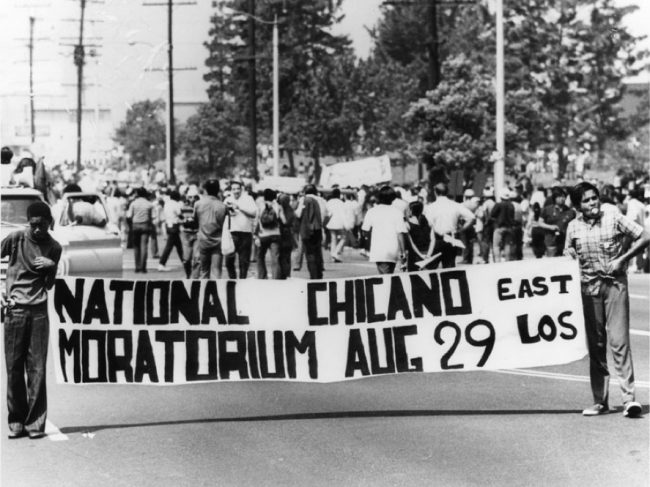
National Chicano Moratorium march down Whittier Blvd. in East Los Angeles, August 29, 1970. Source: Los Angeles Public Library
On Aug. 29, 1970, some 25,000 people gathered in East Los Angeles for the National Chicano Moratorium March to protest the Vietnam War, particularly the disproportionate number of poor and working class Latinos killed in the war. The rally was disrupted when police officers fired tear gas canisters into the crowd.
Three Mexican Americans were killed, including Ruben Salazar. A noted Latino journalist, Salazar (Mar. 3, 1928 – Aug. 29, 1970) was struck in the head by one of the projectiles, killing him instantly.
After the police violence at the protest, the Chicano community continued to organize against the Vietnam War, focusing on issues of inequality both abroad and at home, including police brutality. Activists continue to commemorate the march and Salazar’s death each August. Learn more about the Chicano anti-war movement and Salazar in the documentary Ruben Salazar: Man in the Middle.
In an interview about the role of journalists and the government, Salazar stated,
The government . . . should tell us what they think, but they certainly should not try to intimidate us. They don’t want the press to rock the boat. And I think the press’s obligation is to rock the boat.
Learn about Salazar’s life and legacy from the August 31, 2010 Democracy Now! broadcast below.
Learn about the Chicano Moratorium from KCET, Latino Rebels, and Chicano Movements: A Geographic History. Salazar’s role as a journalist is one of many important stories included in News for All the People: The Epic Story of Race and the American Media by Juan González and Joseph Torres.
Art teachers could introduce this history with the 1986 painting by Frank Romero, Death of Ruben Salazar.
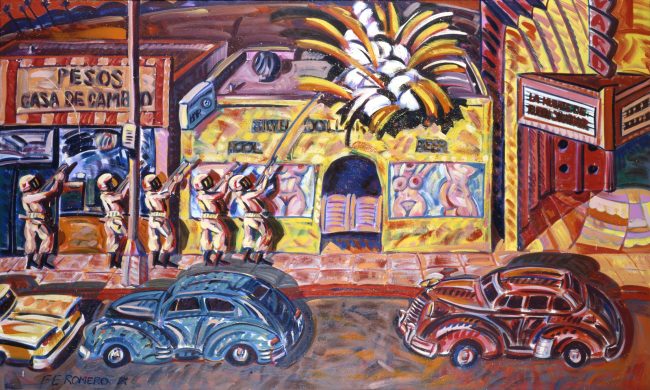
Frank Romero, Death of Ruben Salazar, 1986, oil on canvas, Smithsonian American Art Museum, © 1986, Frank Romero, Museum purchase made possible in part by the Luisita L. and Franz H. Denghausen Endowment, 1993.19
This #tdih post was prepared by Abby Saul.


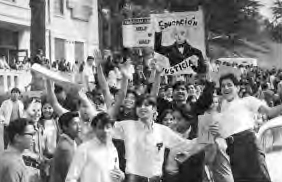
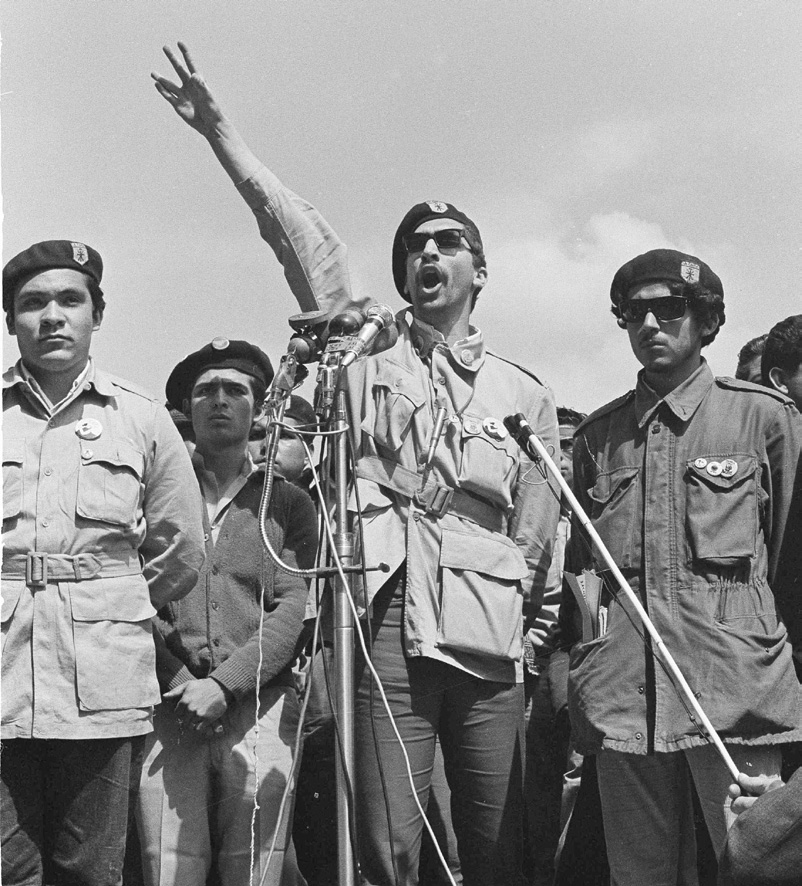
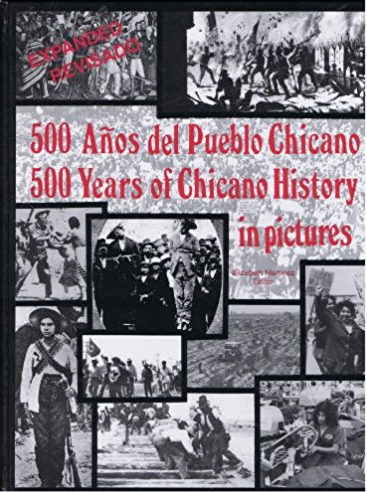


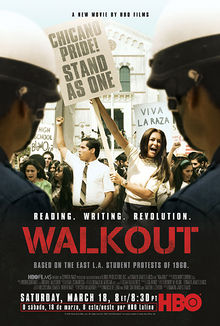





Twitter
Google plus
LinkedIn